Imagine walking along a dry riverbed and stumbling upon footprints frozen in stone—a silent parade of ancient lives stretching into the horizon. These fossilized tracks are not just marks pressed into mud millions of years ago; they’re direct messages from lost worlds, etched with drama, mystery, and wonder. Every print is a time capsule, bridging the gap between today and a planet teeming with creatures we can barely imagine. If you’ve ever wondered what secrets the ground beneath your feet might be hiding, fossilized footprints offer a map to stories stranger and more thrilling than fiction.
The Magic of Trace Fossils

Fossilized footprints, technically called “ichnites,” belong to a category known as trace fossils. Unlike bones or shells, trace fossils are records of behavior, not body parts. These imprints capture a moment in time: a dinosaur sprinting from danger, a mammal pausing to drink, or a reptile dragging its tail. Each footprint is like a snapshot in a prehistoric photo album. Trace fossils are precious because they reveal how creatures interacted with their environment—did they travel in herds or alone, were they running or limping, hunting or fleeing? These subtle details are often missing from bones alone. The sheer magic lies in their ability to show life in motion, not just in stillness.
Reconstructing Ancient Ecosystems
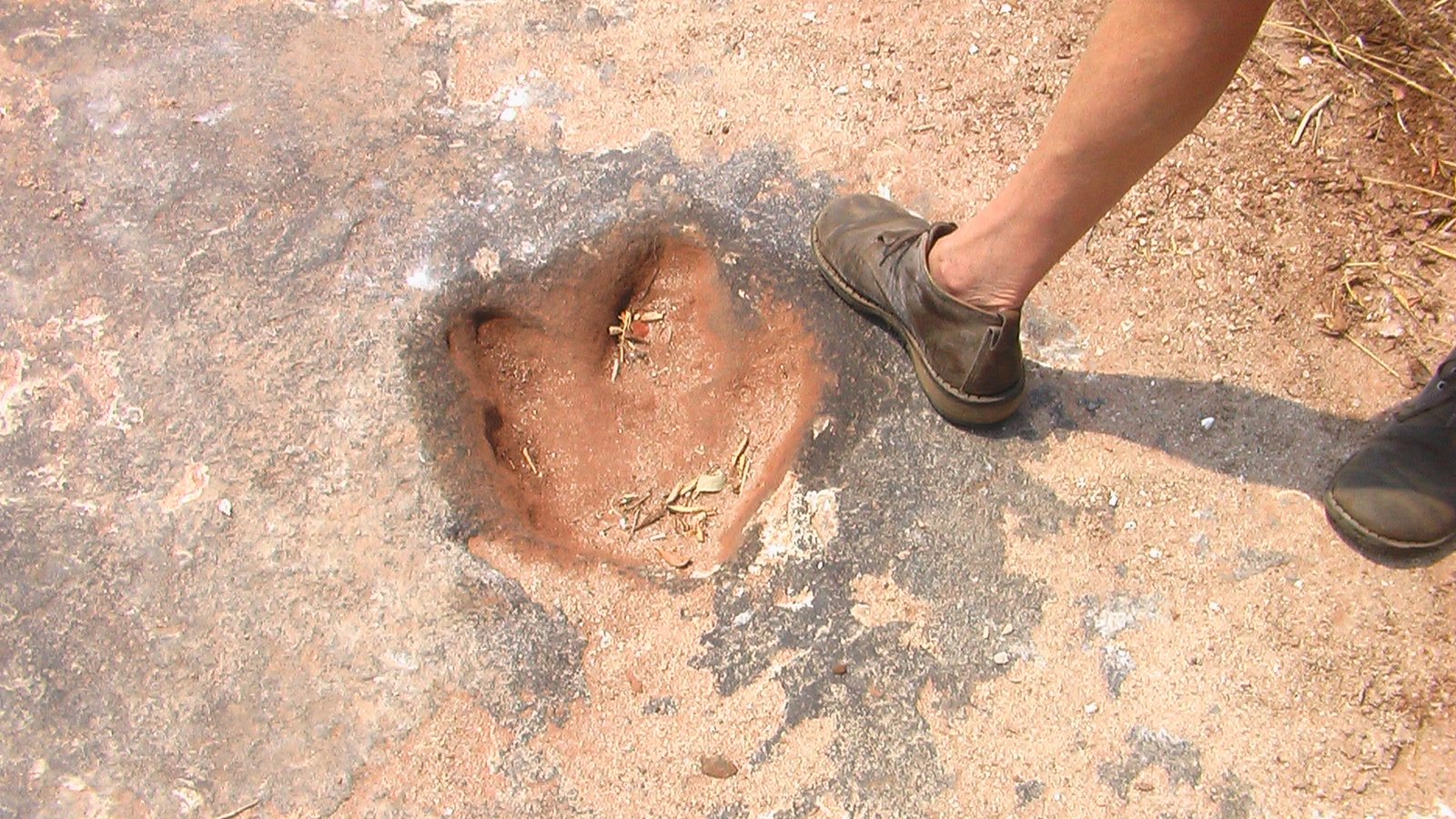
Fossilized footprints can transform a barren landscape into a bustling prehistoric world. By analyzing the tracks, scientists can piece together what types of animals lived in an area at the same time. For example, a cluster of herbivorous dinosaur prints surrounded by predator tracks hints at dramatic chases or tense standoffs. The size, depth, and spacing of footprints help researchers estimate the number and variety of creatures sharing a habitat. Sometimes, footprints show interactions between different species, like predator and prey or even playful behavior. These clues let us reconstruct ancient ecosystems with surprising accuracy, almost like rewinding a nature documentary to a forgotten past.
Unraveling Prehistoric Behavior
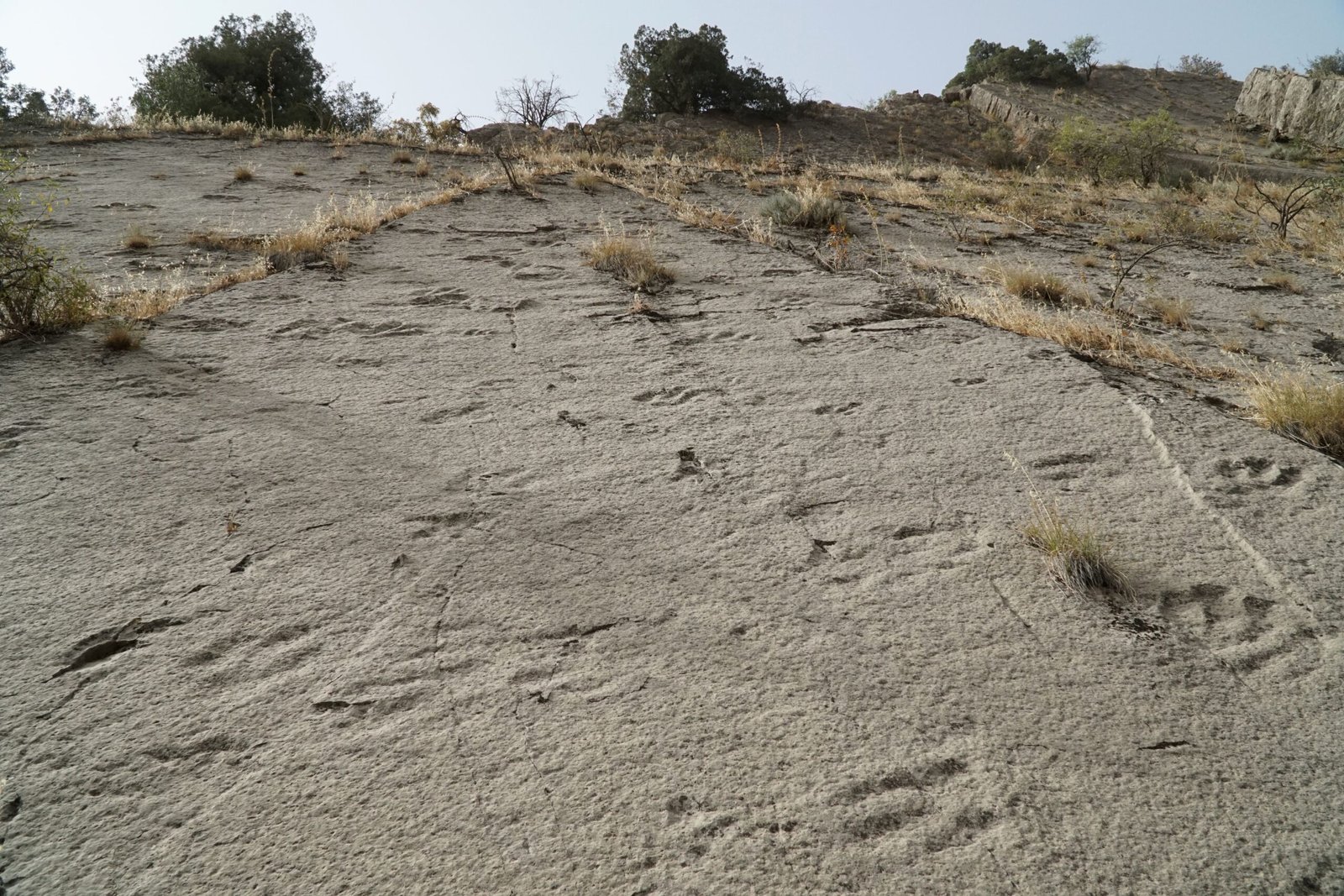
Footprints are more than just static impressions—they are evidence of action. The way tracks are arranged can reveal whether animals moved in groups or alone, if they migrated in seasonal patterns, or how they responded to threats. For instance, trackways that suddenly veer off or deepen may mean the animal was startled or started running. Parallel sets of footprints from the same species suggest herding or social behavior. There are even examples of fossilized “stampedes,” where dozens of animals appeared to flee together. By interpreting these ancient movements, scientists can glimpse the daily lives, fears, and instincts of long-extinct beings.
Discovering Dinosaur Gaits and Speeds

One of the most exciting revelations from fossilized footprints is how fast and how animals moved. By measuring the distance between prints and the size of the animal’s foot, paleontologists can estimate walking, trotting, or running speeds. For example, some dinosaur trackways suggest surprisingly swift movements, challenging old assumptions that massive sauropods were sluggish. It’s even possible to infer whether a dinosaur was limping or injured by analyzing irregularities in the prints. These calculations bring a dynamic element to our understanding of ancient life, turning slow, lumbering skeletons into living, breathing creatures bursting with energy.
Tracking Ancient Climate and Environment
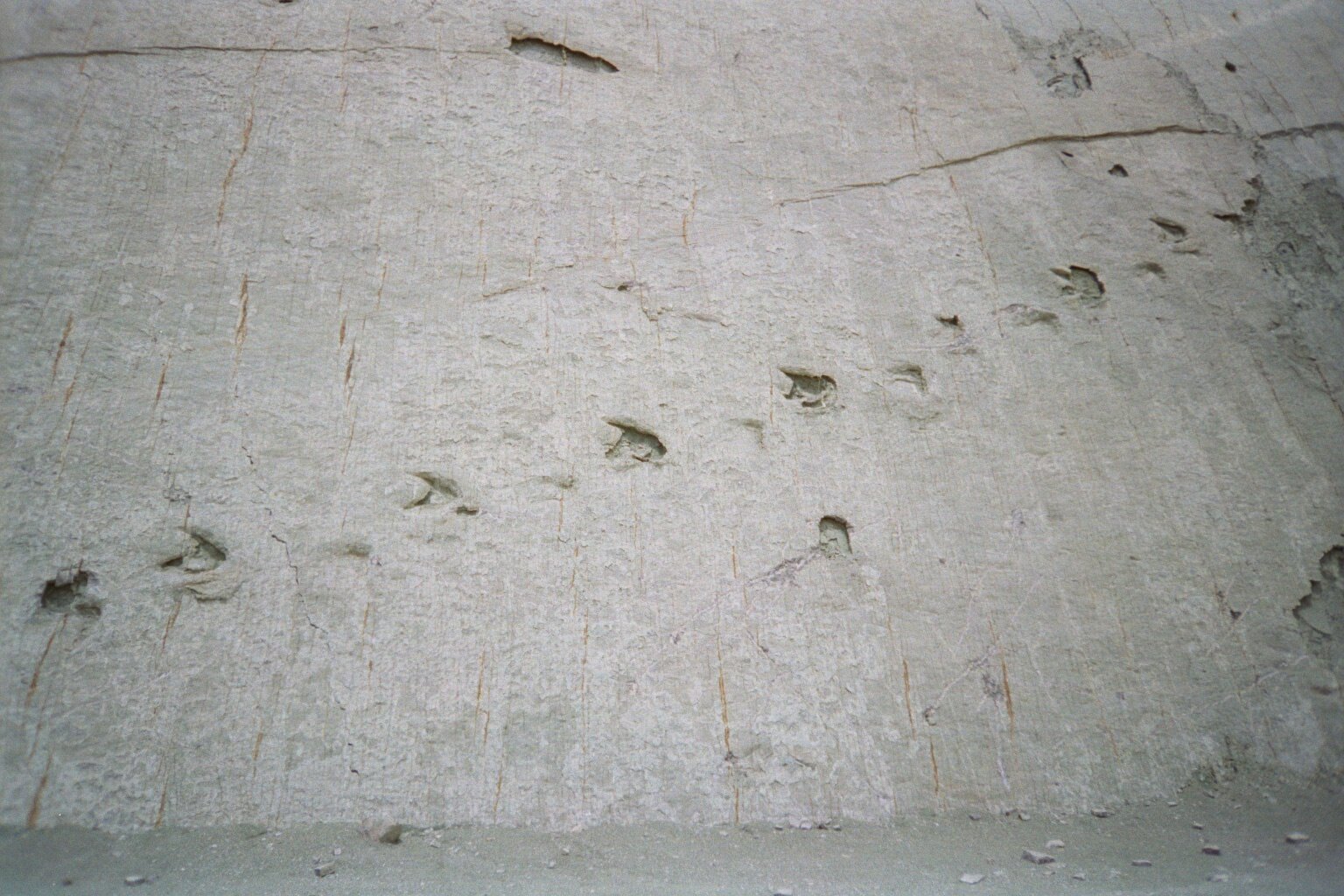
The preservation of footprints depends on the conditions in which they were made. Footprints stamped into soft mud, later dried and buried by sediment, can tell us about the weather, soil, and even the season. For instance, wide, shallow prints may indicate wet, marshy ground, while deep, crisp prints suggest firmer, drier soil. Footprints left alongside fossilized raindrop impressions or mud cracks offer a glimpse into the climate at the time. These environmental clues help scientists reconstruct ancient weather patterns and landscapes, painting a vivid picture of the world as it once was.
Revealing Unknown or Unexpected Species

Sometimes, footprints reveal creatures that skeletons have never shown us. There have been discoveries of footprints belonging to species not yet identified by bone fossils, suggesting that our picture of ancient life is still incomplete. In a few cases, mysterious tracks have sparked debates and inspired new expeditions to hunt for the bones of these unknown animals. These surprises remind us that the fossil record is far from finished, and every new track could rewrite what we thought we knew about the past.
Human Footprints: The Story of Our Ancestors
Fossilized human footprints are perhaps the most emotionally powerful of all. Tracks like those found at Laetoli in Tanzania, made by our ancient relatives more than 3.5 million years ago, allow us to literally walk in the footsteps of our ancestors. These prints have revealed that early hominins walked upright much earlier than once believed. The spacing and depth of the prints even hint at social bonds—perhaps a parent and child walking together. Such discoveries create a direct, tangible connection to our distant past, stirring awe and empathy like nothing else.
The Rarity and Fragility of Footprint Fossils

Finding fossilized footprints is often a race against time. These delicate impressions are easily destroyed by erosion, construction, or even careless footsteps. Once exposed, they can crumble away within years or even days. This fragility makes each new discovery precious and urgent, fueling efforts to document and protect footprints as soon as they’re found. Some sites have been painstakingly covered, replicated, or even moved to museums to preserve them for future generations. The rarity of these fossils adds an almost sacred quality to each print, making their messages from the past all the more poignant.
Learning from Mistakes and Misinterpretations
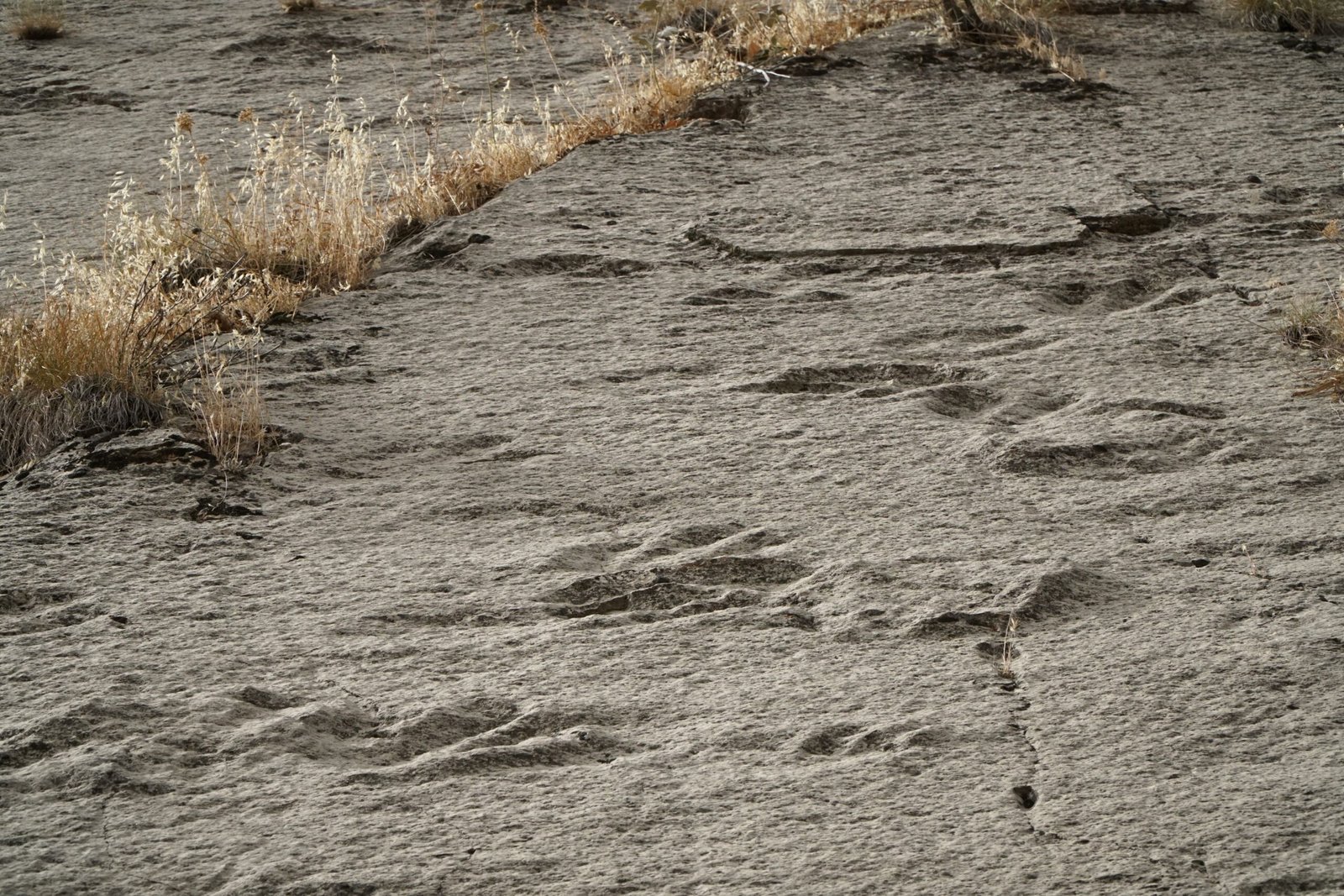
As with any science, the study of fossilized footprints has its share of blunders. Early paleontologists sometimes mistook dinosaur tracks for giant bird prints or even thought they were made by mythical creatures. Misreading the direction, size, or identity of the trackmaker is still a risk today. However, these mistakes often lead to new insights and better methods. The process of debate, correction, and discovery is central to scientific progress, reminding us that the story of the past is always evolving.
Fossilized Footprints and Extinction Events
Some of the most haunting footprint sites are those that abruptly end—evidence of mass extinctions or sudden disasters. At certain layers, abundant tracks suddenly vanish, marking moments when entire species disappeared from the Earth. In rare cases, footprints have been found alongside evidence of volcanic eruptions, floods, or changing sea levels. These abrupt endings provide a dramatic record of catastrophe and survival, offering warnings and lessons for our own uncertain future.
Footprints as Clues to Evolution
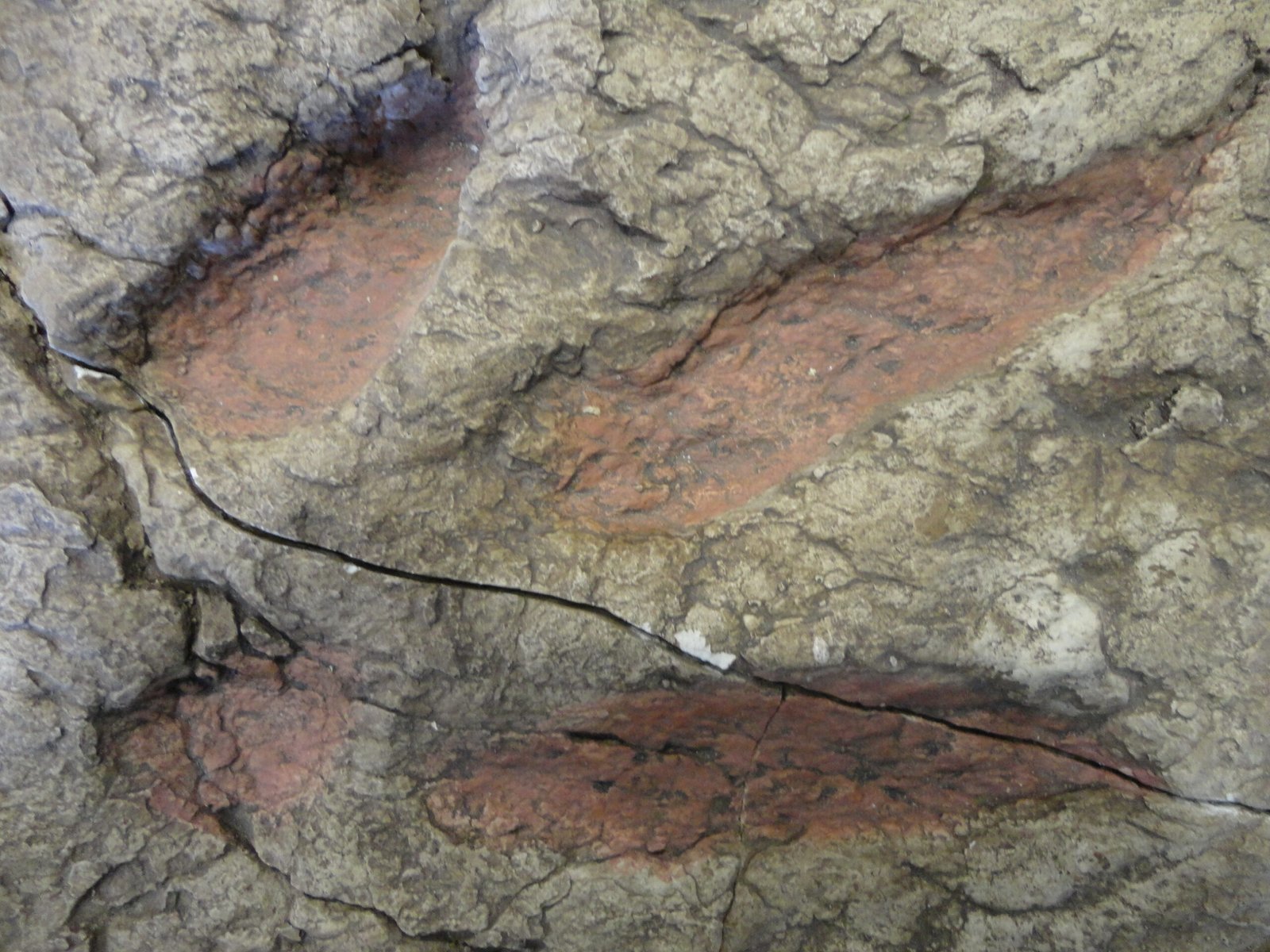
By comparing footprints from different time periods, scientists can track the evolution of walking, running, and even jumping. Changes in toe structure, stride length, or gait over millions of years reveal how animals adapted to new environments or challenges. For example, the shift from sprawling reptilian gaits to upright mammalian strides can be traced in the fossil record. These evolutionary breadcrumbs help us understand not just who lived in the past, but how life itself has changed and diversified over time.
The Global Distribution of Track Sites
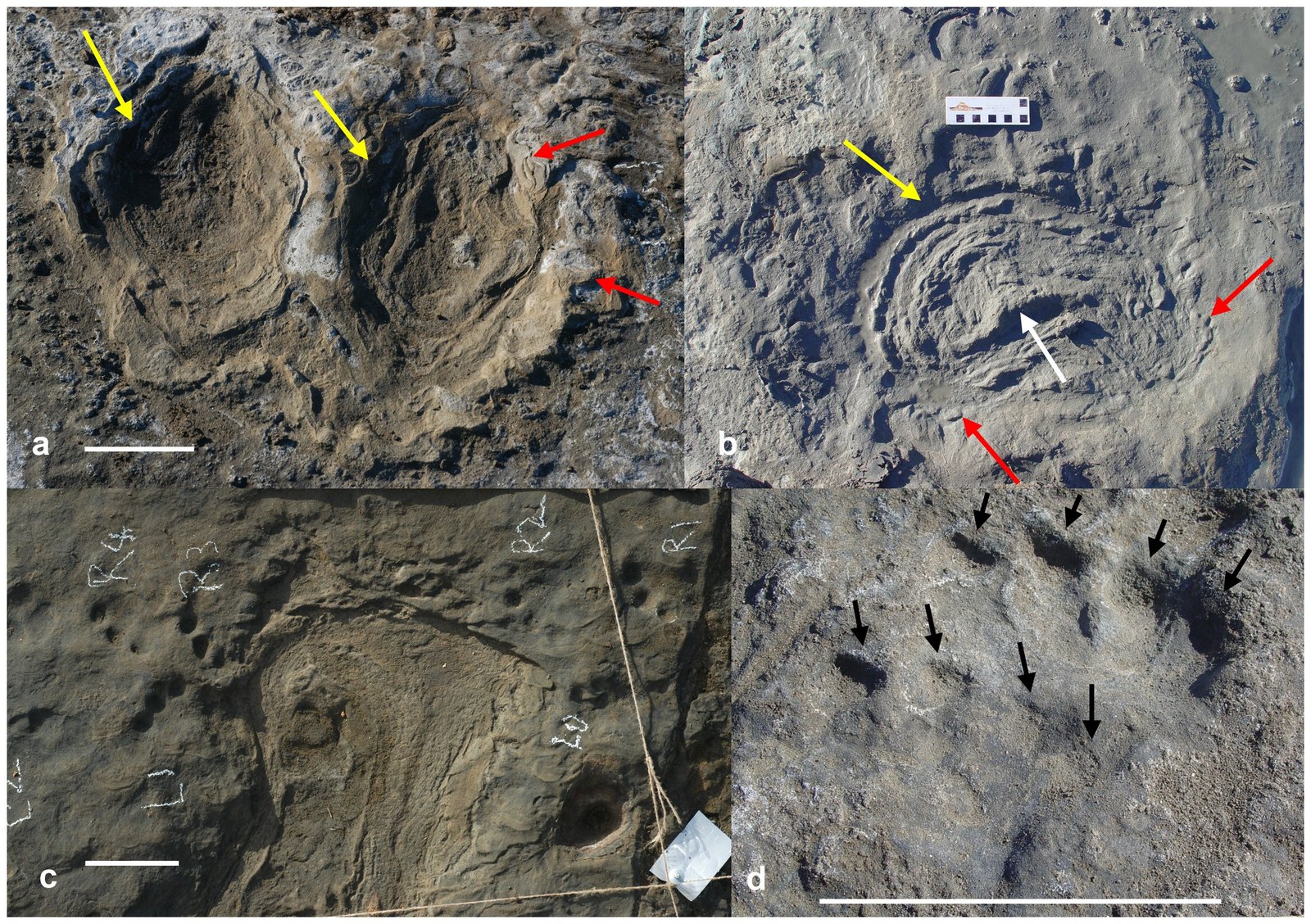
Fossilized footprints have been found on every continent, from the deserts of Namibia to the icy reaches of Antarctica. Each region tells a different story, reflecting unique combinations of species, climates, and geological events. Some sites are world-famous, like the dinosaur trackways of China or the vast “dinosaur freeway” in North America. Others are newly discovered, still being explored by scientists and enthusiasts alike. The global spread of track sites underscores the interconnectedness of Earth’s history and the universality of life’s journey.
Technology Revolutionizing Track Analysis
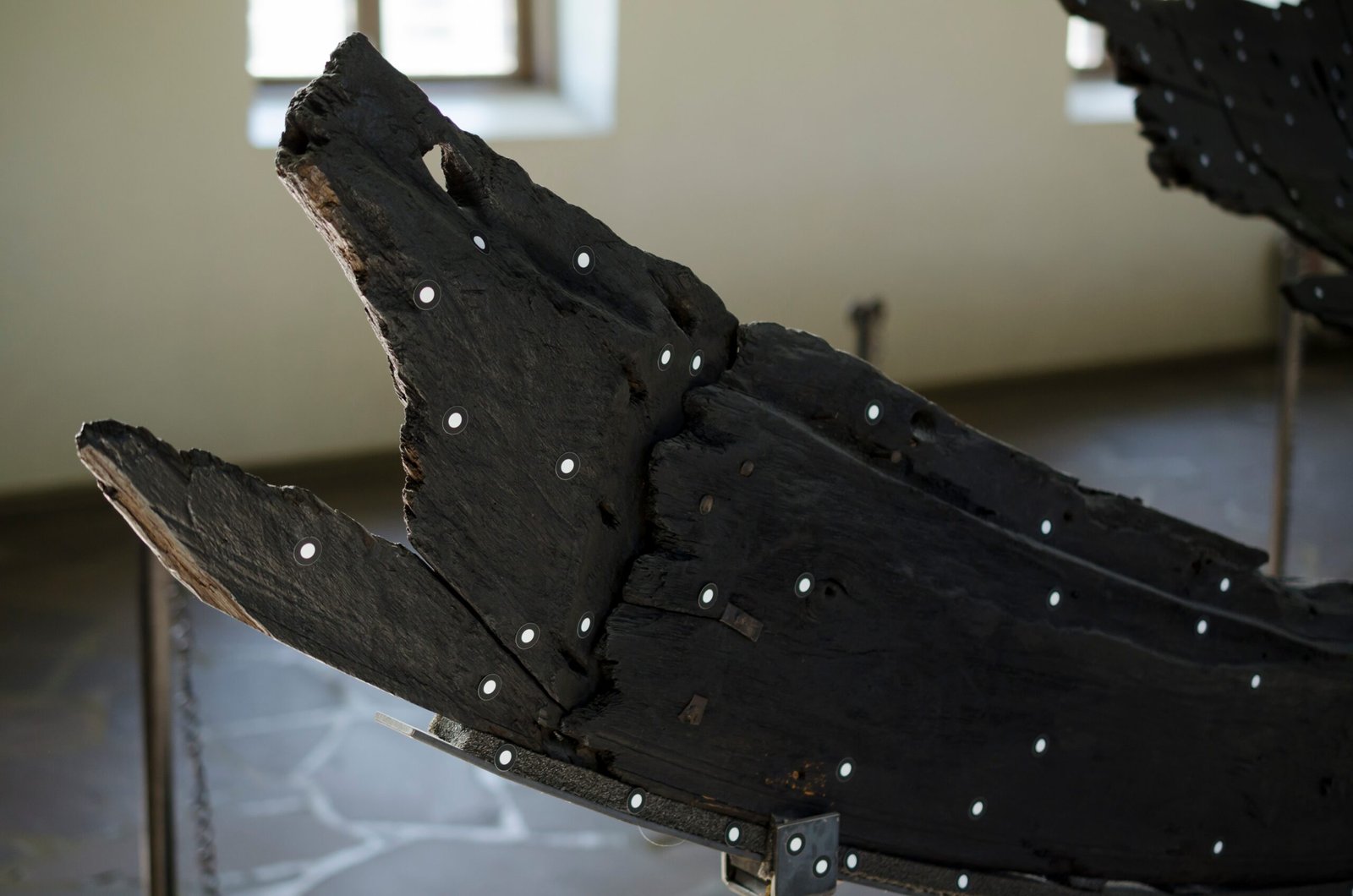
Modern technology has transformed the study of fossilized footprints. High-resolution 3D scanning, drone surveys, and computer simulations allow researchers to analyze footprints with astonishing detail and accuracy. These tools can reveal fine features invisible to the naked eye, such as skin impressions or subtle shifts in pressure. Digital models also make it possible to share and study footprints from remote locations, opening up collaboration and discovery on a global scale. Technology bridges the gap between ancient mysteries and today’s scientific frontiers.
Footprints in Popular Culture and Imagination

Fossilized tracks have captured the imagination of artists, writers, and filmmakers for generations. Who hasn’t seen a dinosaur movie where enormous footprints spark awe and terror? These ancient imprints inspire stories of adventure, danger, and discovery. Museums often feature life-sized trackways that let visitors “walk with dinosaurs,” making the past feel immediate and real. The power of footprints to evoke wonder is a testament to our deep-rooted fascination with the unknown.
Challenges in Preserving Track Sites
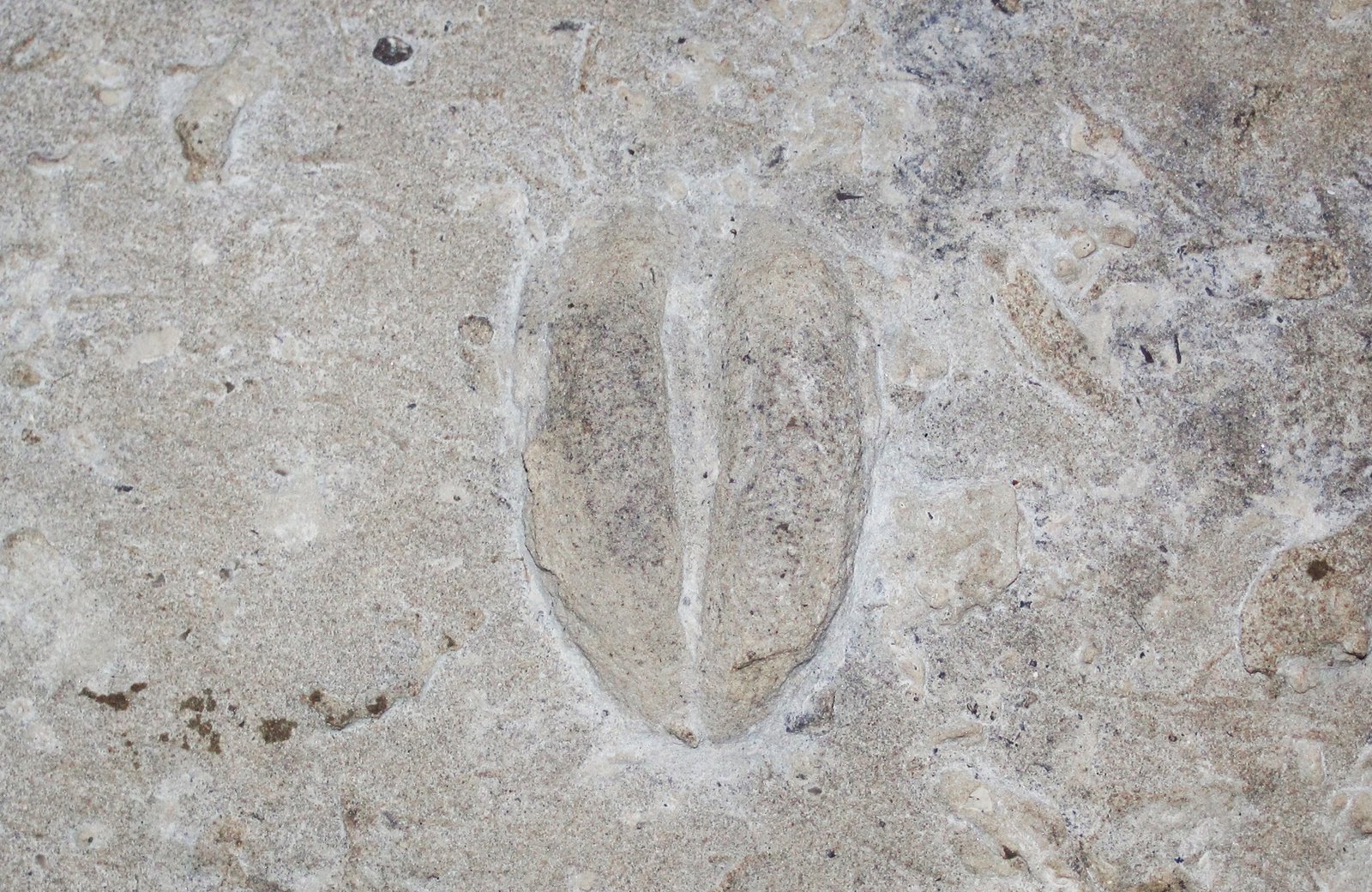
Protecting fossilized footprints is a never-ending challenge. Many sites are threatened by erosion, urban development, or vandalism. Some countries have strict laws to guard these treasures, while others struggle with limited resources or public awareness. Scientists and conservationists often work with local communities to create protected parks or educational programs. The balance between accessibility and preservation is delicate, but crucial—once a footprint is lost, its story is gone forever.
The Future of Footprint Research

Every year brings new discoveries and breakthroughs in the study of fossilized footprints. Emerging technologies, international collaborations, and adventurous fieldwork promise to reveal even more about the past. Scientists are now asking bigger questions: How did climate change affect animal movement? Can we find evidence of migration routes spanning continents? The future is as exciting and mysterious as the stories hidden in ancient mud.
Personal Encounters with Ancient Tracks
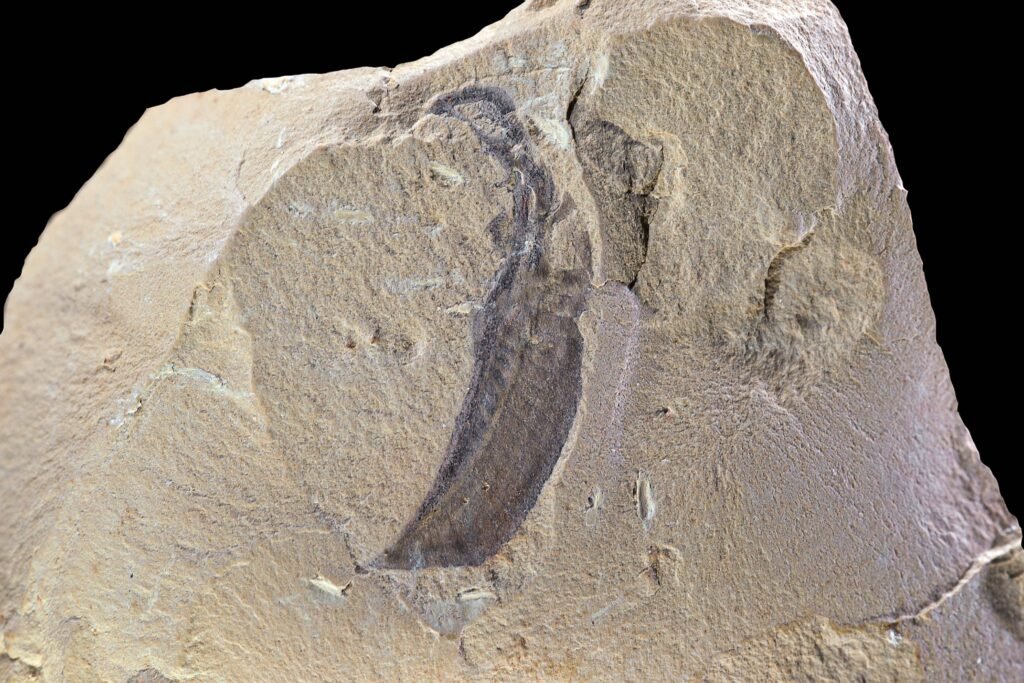
Standing beside a fossilized footprint is an experience that words can barely capture. There’s a sense of awe, almost like touching hands with a ghost from another world. Many people describe a deep connection to the creatures that left these marks, a recognition that time is both fleeting and eternal. Some even say it feels like a message meant just for them—a reminder that life leaves its mark, no matter how long ago.
Lessons for Today and Tomorrow
The stories told by fossilized footprints are more than curiosities—they’re lessons in survival, adaptation, and change. They remind us that the world is always evolving and that every step, large or small, has the power to shape the future. As we face our own challenges with climate and extinction, these ancient tracks serve as both a warning and a source of hope. They show that life endures, adapts, and sometimes flourishes in the most surprising ways.
What would you do if you stumbled across a footprint from the distant past?



